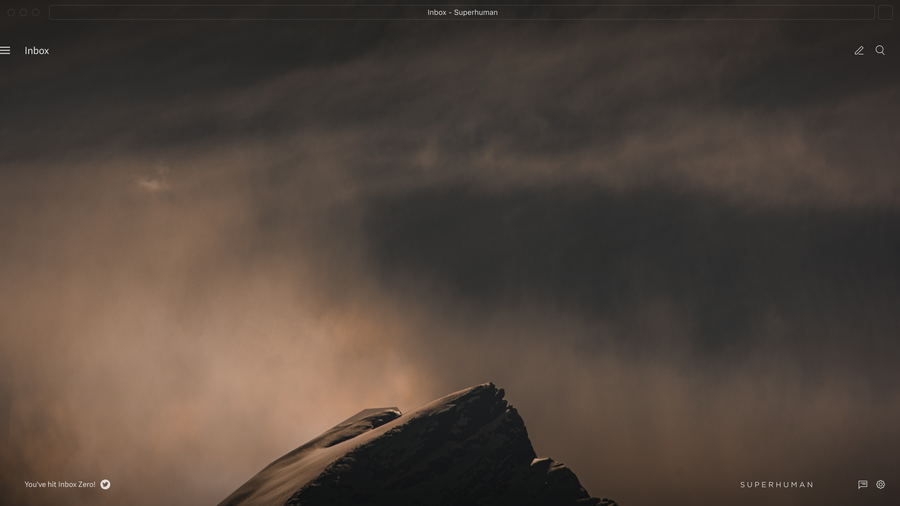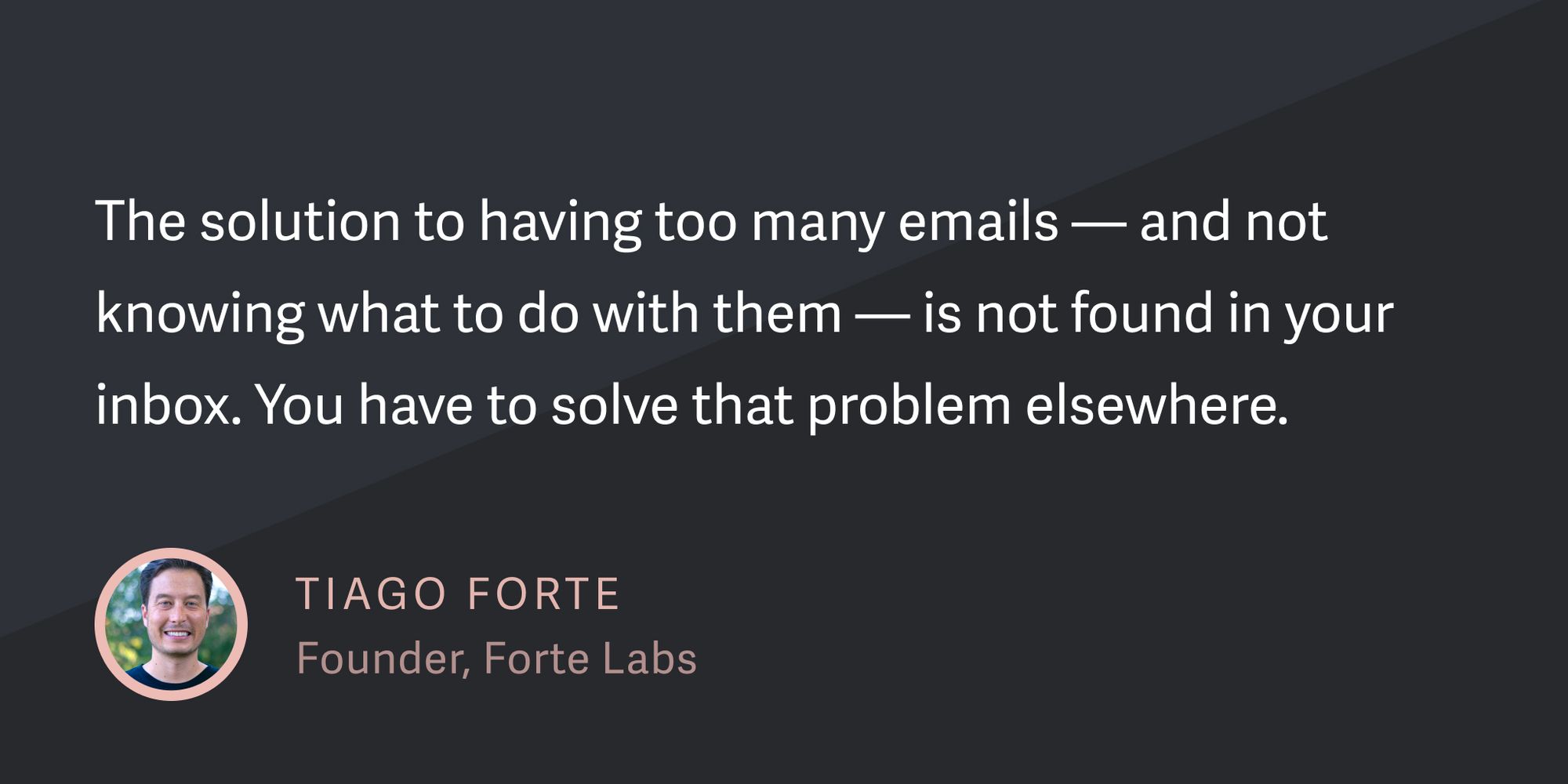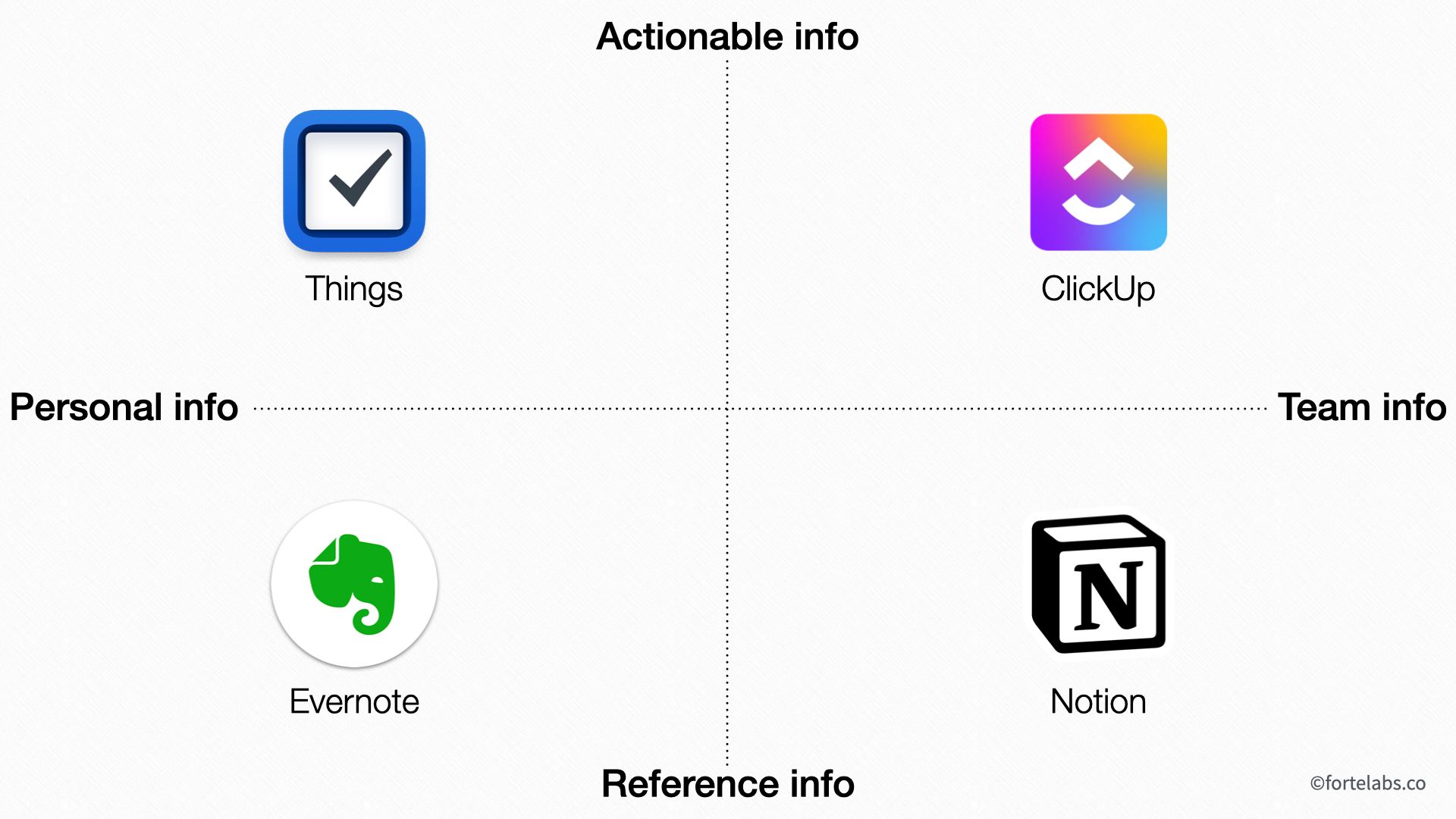
Email can feel like an obstacle course.
You leap over unwanted messages, navigate streams of notifications, and sprint to the finish line: Inbox Zero!
But email doesn't need to be a series of hurdles. We asked Tiago Forte, creator of Building a Second Brain, to share his email framework — and how it helps him achieve his productive potential.
Here are Tiago's 4 steps to turn email overload into your own personal knowledge management system.
1. Reframe your perception of unread email
Does a huge pile of unread email make you feel anxious or overwhelmed? You need to embrace step 1: reframe your mindset around email.
"Email feels like a curse because it's so successful," explains Tiago. "Every technology goes through this kind of journey. In the beginning, it's a miracle… and then eventually it becomes a curse."
Tiago Forte's classic post, One-Touch to Inbox Zero, reveals how to spend only 17 minutes per day on email — and it helped inspire Superhuman's product development!
.@Superhuman is fast, but through speed it has really changed how I clear my email inbox. Now that the bottleneck is no longer the software, it makes sense to optimize the rest of the process. I now clear my entire inbox 2x per week, and it only takes about an hour each time
— Tiago Forte (@fortelabs) August 19, 2019
Today, processing email is something Tiago actively looks forward to.
"Email brings interesting insights and feedback from people I value," he says. "It helps me maintain relationships with way more people than I would be able to on my own. It's the only reason I can run a company of 10 people that can serve the entire world."
But how do you make the mental shift from tolerating email to embracing its potential?
"The key to having a more positive outlook toward email is to nail the management," says Tiago. "Anytime you don't have a place for information to flow to, it will pile up, multiply, and become a problem."
"The solution to having too many emails — and not knowing what to do with them — is not found in your inbox," says Tiago. "You have to solve that problem elsewhere."
2. Engineer your downstream systems
First, ask yourself: what kind of information is piling up? The answer will reveal the downstream system you lack — and it's probably one of these 4:
1. Read-later app for collecting content
Do you use your inbox as a content management system? Then you need a read-later app or system, for content you want to consume at a convenient time.
"I use Superhuman's Split Inbox to send newsletters to my 'reading split'," explains Tiago.

"I only look at it when I actually want to sit down to do some reading."
Tiago's app choice: Instapaper.
2. Calendar app for scheduling and time-blocking
Do you use your inbox as a scheduling system — to understand what's on deck tomorrow, or next week? Then you aren't using your calendar effectively.
"Pinpoint the time when you'll take action on a message by time-blocking your calendar and adding to the notes field," suggests Tiago. After capturing the action and its time frame, you can archive the email.
Tiago's app choice: BusyCal synced with Google Calendar.

3. Notes app for gathering ideas and references
Do you use your email as a note-taking program for pieces of information you want to save? Then you need a notes app.
"Put emails with ideas and references in your notes app," recommends Tiago, "and suddenly you have a second brain — a knowledge management system. It's accessible from all your devices, without the distraction of other messages."
Tiago's app choices: Evernote for digital notes and Notion for team knowledge management.
4. Task manager app for organizing to-dos
Do you use your inbox like a to-do list? Then you need a task manager app — just make sure you schedule weekly reviews, to prevent your to-dos from piling up.
"By engineering your downstream systems, you can transition from managing your inbox to building a knowledge management system," says Tiago.
Tiago's app choices: Things by Cultured Code for individual task management and ClickUp for team task management.
"Information comes from so many places, most of all email," explains Tiago. "I like to think of these 4 apps as part of a simple framework to decide where something goes."

3. Intentionally reduce your reactivity
Email begets email. The more you send, the more you receive… and the faster you reply, the faster the torrent of responses!
"When someone sends you a message — especially a colleague, or someone senior to you — there's a built-in feeling of urgency," says Tiago. "But is that urgency real? What is the real expectation of this person?"
There's a superpower to manage the responsiveness cycle: low reactivity.
"Low reactivity is a spiritual discipline," reveals Tiago. "Go slightly beyond your normal response time. If you normally respond within an hour, try to respond within a day."
"With very few exceptions, people will not react negatively. You might find that the urgency was coming from you."
At first, low reactivity may feel uncomfortable — and pain thresholds vary! But with the right downstream systems in place, email will never slip through the cracks.
Most importantly, low reactivity protects your most precious resource: time.
"Your responses should not be taken for granted," says Tiago. "I reinforce to the people in my orbit that they have to design their communication so that I want to, and am able to, respond."

4. Use reduced reactivity to excel at email
Reducing your reactivity takes away pressure and distractions — but this technique comes with responsibility.
"When you do eventually get around to that email, it can't be the same thing that you would have responded within an hour," emphasizes Tiago. "You have to do more thinking, take action, or produce results."
This way, you can actively improve your reputation through the very practice you once feared would damage it: low reactivity to email. People will form a mental model that you are less reactive… but when you do react, it is phenomenal!
"That's what you want to start happening in people's minds," explains Tiago. "Because then, people are going to be patient with you. They're going to look forward to you responding. And something will start to happen — they will give you even more notice than before!"
How to turn email into a knowledge management system
With Tiago's 4 steps, you can transform even the most unruly inbox into a sleek productivity system and boost your reputation at the same time:
- Reframe your perception of unread email — your inbox is teeming with opportunities!
- Engineer your downstream systems — apps for reading later, calendar, notes, and task management.
- Intentionally reduce your reactivity to email — you'll remove distractions and alleviate self-imposed pressure.
- Use low reactivity to excel at email — you'll improve your reputation by responding in greater depth.
You can discover more frameworks to scale your productivity in Tiago Forte's forthcoming book Building a Second Brain.


